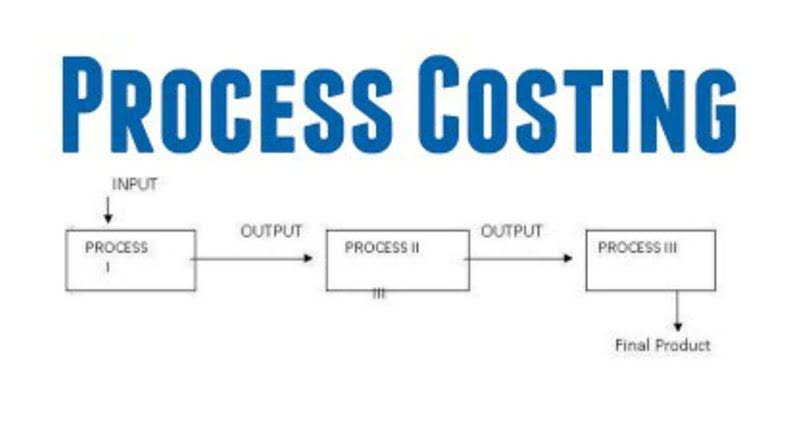Content

The difference between expenses and REVENUES when expenses exceed revenues over a period of time. In addition to the rental payment, the LESSEE assumes all property charges such as taxes, insurance, and maintenance. Excess or DEFICIT of total REVENUES and GAINS compared with total expenses and losses for an ACCOUNTING period.

We’re helping CPA Candidates fund Exam costs and prep with up to $1,500. Whether you need to obtain your initial CPA license or are a licensed CPA needing to practice in a new location, we’ve outlined the steps you need to take. To find more information about the CPA profession, including salary facts and choosing a specialization, take a look at the AICPA’s This Way To CPA website. Strong communication skills including Understanding the Cost of Bookkeeping for Small Businesses the ability to be a good listener- You will be called upon to persuasively present, discuss and defend your views both formally and informally, in writing and verbally. Clients and co-workers will present you with issues and questions you will need to interpret and respond to quickly. The ability to show empathy and sensitivity to their situations will position you in a favorable light and earn their respect and trust.
Short Bond
Acquisition of a controlling INTEREST in a company in a transaction financed by the issuance of DEBT instruments by the acquired entity. Conditional bank commitment issued on behalf of a customer to pay a third party https://kelleysbookkeeping.com/llc-accounting-everything-you-need-to-know/ in accordance with certain terms and conditions. The two primary types are commercial letters of credit and standby letters of credit. Person or entity that has the right to use property under the terms of a LEASE.
Total amount of shares of stock that have been sold short and have not yet been repurchased to close out short positions. Method of ACCOUNTING for SECURITIES whereby transactions are recorded on the date the securities settle by the delivery or receipt of securities and the receipt or payment of cash. Source of financing whereby an entity’s ASSETS (typically mortgage loans, lease obligations or other types of RECEIVABLES) are placed in a special purpose vehicle that issues SECURITIES collateralized by such assets. Organized, national EXCHANGES where securities, options, and futures contracts are traded by members for their own accounts and for the accounts of customers. A TAX that is levied by a state or city government on the retail sale of goods and services.
Career
Explore programs of your interests with the high-quality standards and flexibility you need to take your career to the next level. Multiple-choice questions count for 50% of the total score and tasked-based simulations count for the other 50%.
- An accountant is required to meet the legal requirements of any state in which the accountant wishes to practice.
- Instead, taxable income of the corporation is passed through to its stockholders in a manner similar to that of a PARTNERSHIP.
- Here, you will learn more about what a CPA is, the roles and responsibilities of certified public accountants and the process of obtaining a CPA license.
- It is this date that if most files timely may result in a penalty, fine, and commence interest charges.
- The agreement may involve the transfer of ASSETS in full or partial satisfaction of the debt.
And they must be filed timely or the y may not be considered as filed. Federal law enacted in 1971 giving persons the right to see their credit records at credit reporting bureaus. Various production-related costs that cannot be practically or conveniently traced to an end product. Amount, expressed as a percentage of total investment, that shareholders pay for MUTUAL FUND operating expenses and management fees. Transfer of money, property or services in exchange for any combination of these items. Wages, salaries, professional fees, and other amounts received as compensation for services rendered.
Bad Debt
1) Value of an ASSET at the present time as compared with the asset’s HISTORICAL COST. (2) In finance, the amount determined by discounting the future revenue stream of an asset using COMPOUND INTEREST PRINCIPLES. Rate of return that a business could earn if it chose another investment with equivalent risk.
